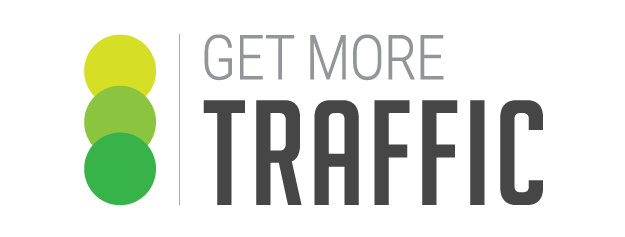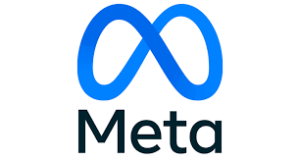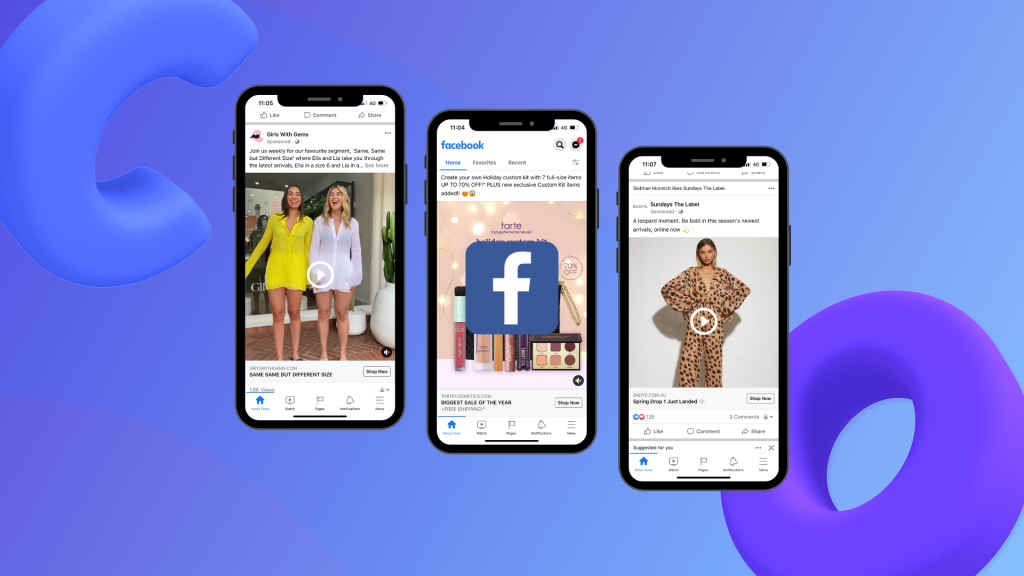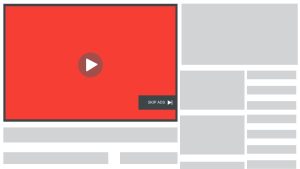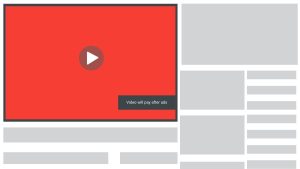10 Local SEO Mistakes to Avoid in 2021
As you begin to plan your steps into next year, one vital thing you need to address is your local SEO.
Local SEO is so significant that almost half of all Google searches will be locally related in 2021. However, the following 10 mistakes will jeopardise your efforts and give your competitors the edge.
#1 Claim Your Google My Business Page
Perhaps the most important thing you can do is claim your Google My Business Page. So important in fact, it accounts for 14.7% of local ranking signals
When it comes to local SEO, the information that Google uses to rank your website comes more from your Google My Business page and not your website. You can set up your page directly with Google, but it’s essential you verify your listing so nobody else is able to edit your page in the future.
Once your page is set up, it’s important to ensure it includes a proper and unique description of what your business does, ensure your business is properly categorised, your contact information is correct and you upload relevant pictures of your business.
#2 Having Duplicate Listings
Google really dislikes duplicate content in its search listings. It’s a bad user experience for those searching to see two of the same results, and it’s a waste of Google’s resources (vast as they may be) to analyse and store duplicate information.
And that’s why creating two of the same listings is against Google’s terms of service. Each business location should have one Google My Business listing, use the Moz Local tool to check whether your information has been repeated. If a duplicate is found, contact Google to get them removed as soon as possible so as not to further harm your rankings.
#3 Ignoring Normal SEO Ranking Factors
Local SEO is indeed a different ballgame in comparison to normal SEO, however, it is dangerous to assume they’re entirely different. Many factors that influence SEO also affect local SEO. For example:
Domain authority: All business are not equal, and one with a higher domain authority will always rank further up the page. Work on improving your initial domain authority first by gaining quality links both internal and external.
Search results in CTR: Just as with normal SEO, Google observes the CTR to your website from the search result page to see just how your business resonates with searchers. This is why you need to maintain and/or adjust your on-page SEO like your meta signals that are shown on Google’s SERP.
Backlinks: Backlinks are also incredibly vital for local SEO success. Things like the quality and quantity of your backlinks will go a long way in determining the strength of your local SEO. If you don’t have a link building strategy then it’s time you create one.
#4 Missing Contact Information On Your Website
Go to your website’s contact page and ensure all your information is correctly listed.
To be more specific, ensure your contact details (name, address, phone number) are displayed as text and not an image. This ensures Google can easily read your information and verify its accuracy.
Showing incorrect information in its search results harms Google’s credibility, and therefore they take the information you’ve listed on your Google My Business Page and compare it with the information listed on your website. If they’re not consistent then there’s every chance Google will ignore you. Which leads us to…
#5 Inaccurate NAP Information
NAP (Name, Address, Phone Number) is one of the core metrics Google uses to rank in their search results. Not only is it essential your NAP information is publicly displayed, but it’s important this information is consistent across the board. Google’s search engine cross references your NAP information with multiple sites—including your Google My Business Page, Yellow Pages, Yelp and other directories and values consistency.
This handy tool from Moz can help identify these issues.
Besides the fact that working on your NAP can improve your local SEO, it’s also worth noting having an accurate and consistent NAP will improve your sales and conversions, as many people use Google Maps to look up a location as well as a phone number in one go.
#6 Missing Citations
A citation is simply a mention of your NAP on another website.
In the mistake above, we emphasised the value of consistent information across all your online citations. That being said, consistency doesn’t always mean you’re doing it right. There’s a chance you’re missing you’re missing vital citations that are hampering your Google ranking.
To check, you can start with the Moz Local Search tool. Use this to add your business information to all the relevant sites.
#7 Get Local Reviews
The more high quality, high quantity, and high diversity the reviews you get the better for your local SEO.
Once your My Business page has been created, reach out to existing clients and ask them to leave a genuine review, or even incentivise reviews for future customers. This is because review signals account for almost 10% of local ranking factors, getting good quality and frequent reviews will give your local SEO a massive boost.
#8 Forgetting Social Media
Social media activity is one of the many signals Google uses to rank businesses.
Now, there’s some debate about this. Whether or not you believe social media has a direct impact on rankings, there’s no doubt it’s a great opportunity to generate a buzz about your business
Evidently, the best way to get linked is with great content. And one of the best ways to promote that content is via your social media!
#9 Not Having A Good Mobile Site
Local SEO and mobile work hand in hand because that’s where people look for local services!
Even when at home, most use their phones over their computers when it comes to finding a plumber or somewhere to eat. As most of your prospects will be using their phones to find you, it’s necessary your mobile site works well.
All the way back in 2015 Google updated their algorithm to include mobile-friendliness as a ranking factor. And more recently, Google has shifted towards mobile-first indexing, which means that your mobile website will be the primary website Google analyses for ranking purposes.
You need to create a mobile-optimised website to compete in the local search results this year.
#10 Ignoring Negative Local Ranking Factors
Lastly, you need to realise that there are negative factors that can affect the ranking of your local business in the SERP. You don’t want to ignore these factors either.
- Having your business listed in an incorrect category on your Google My Business page.
- Having a false business address, phone number, or inconsistent details
- Having malware on your site
- It’s also important to avoid using PO Boxes, UPS mail addresses, and other digital addresses. Google only recognises established addresses.
- Having an abundance of negative reviews
